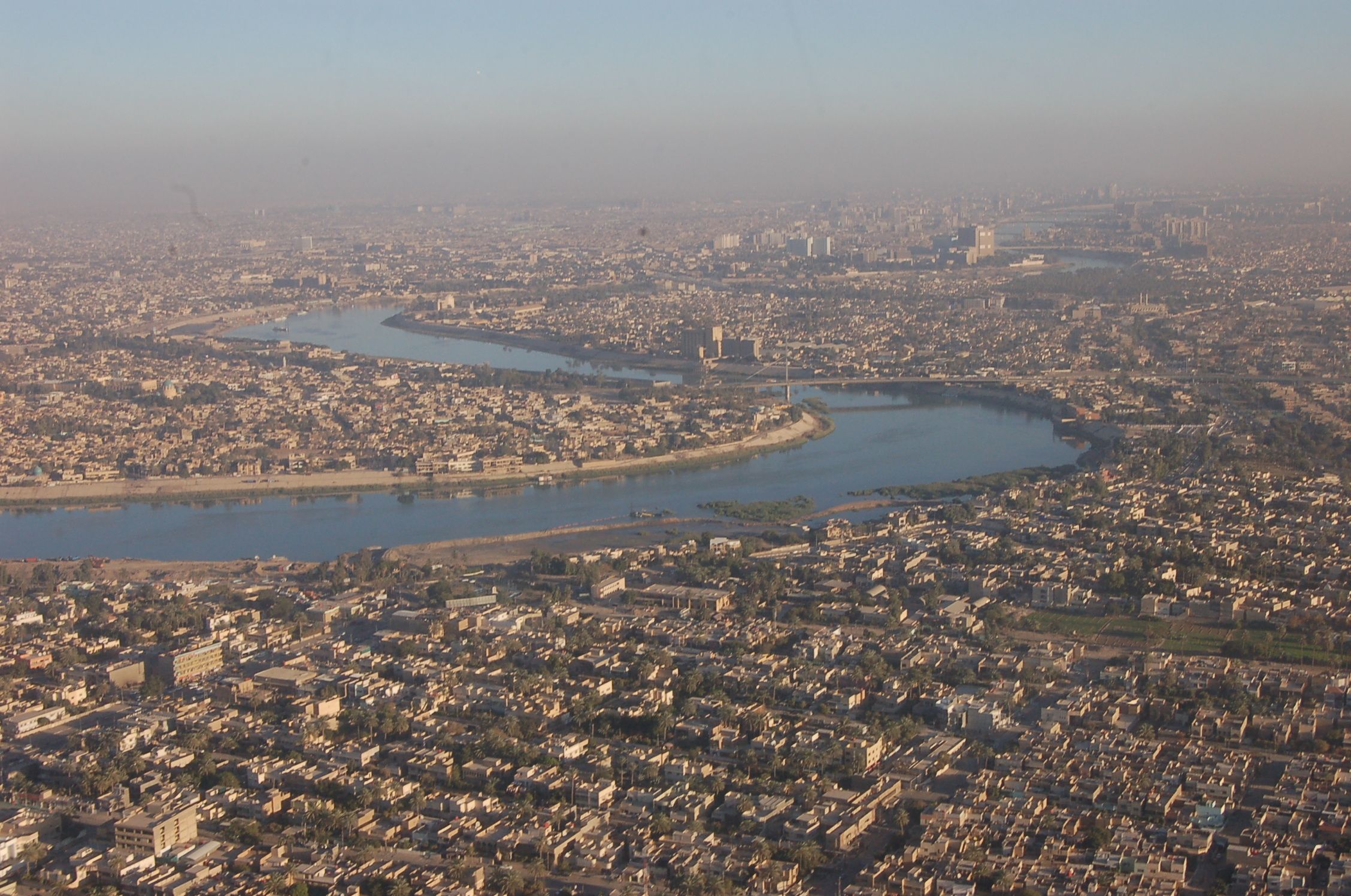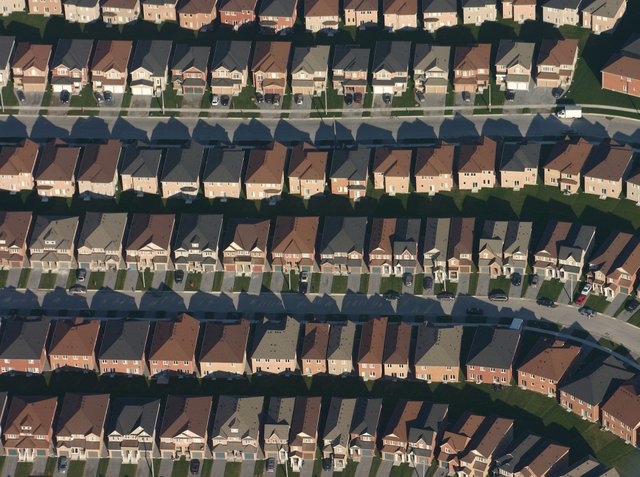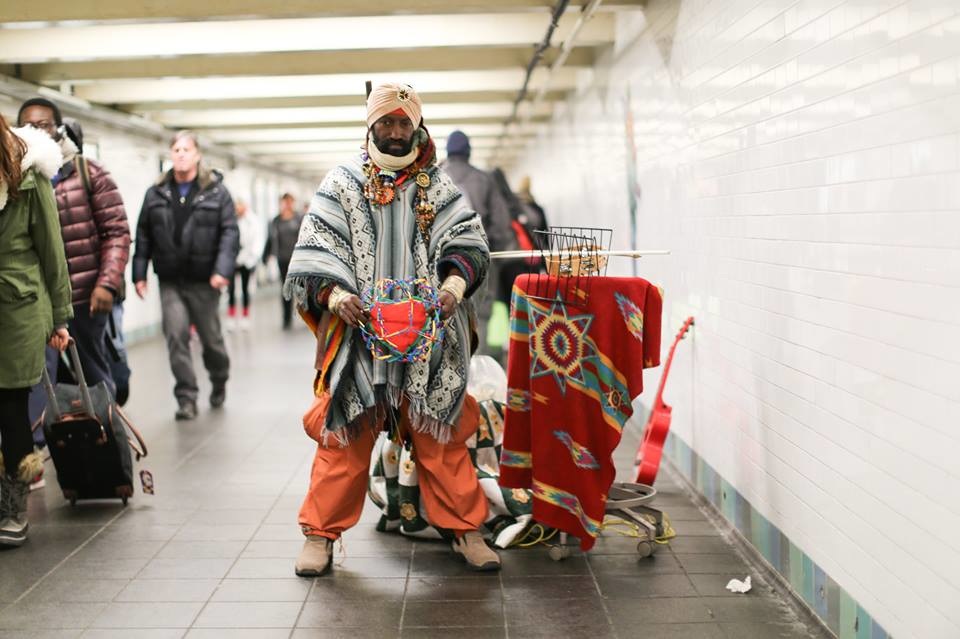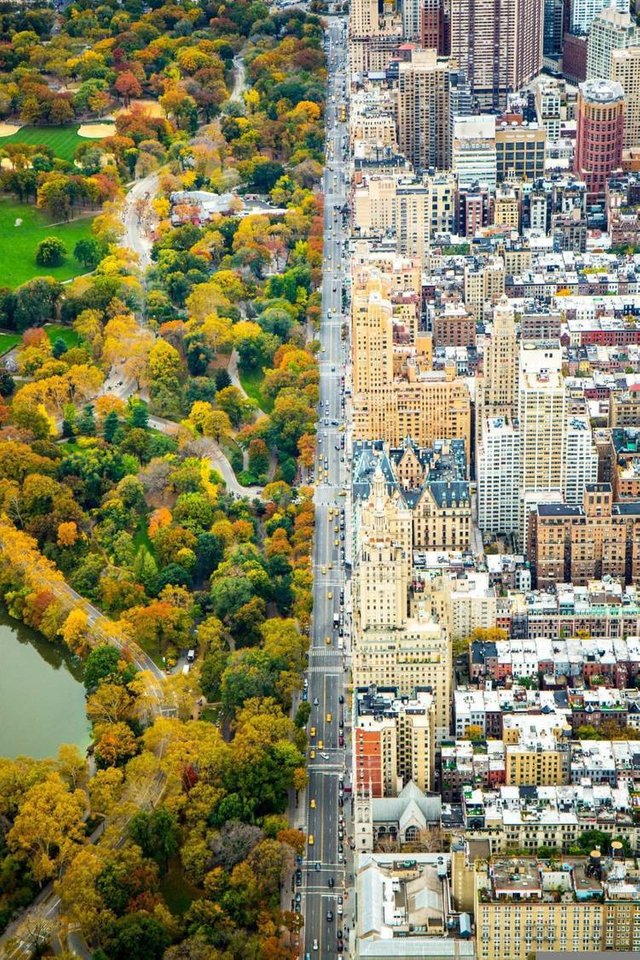My Love Letter to New York
My Love Letter to New york
I grew up in Baghdad which I consider to be an urban city. True my house had a front yard and my parents used the car to drop me at the Ilwiya social club but nevertheless Baghdad did posses numerous urban features inherited from various historical periods, the complexity of Baghdad historical fabric and the multilayered culture translated in its buildings were the reasons why I wanted to become an architect and always live in the city.

Suburbia Across Cultures
When I moved to the states, I lived for two years in the city of Fairfax, Virginia a suburban town 30 minutes outside Washington DC the capital of the US. I instantly worked on a plan to move away from VA and relocate to New York City. As a contemporary architect it is almost inevitable for us to hate the idea of suburban life, you see suburban life was a very famous concept back in the 50s. But now Architects are strongly attacking the idea of suburbia and what it represent of low density, the fact that it's built for the auto industry and the poor quality and homogeneity of architecture. That however is not the only reason why i disliked suburban life in Virginia, after all I hate to be a conformist and generalize my views. I felt uncomfortable living in an architecture typology that was built to serve a certain social and racial class of society, the liberal in me just refuses to be identified to a certain social class.

New York City is a Complex Fabric
The city is built by various social, ethnic, religious groups of people all share in cohesion a sense of possibility and pride, united by the feeling that they live in the world's greatest city. New York is without a doubt the greatest human concentration on earth. Living among a vast majority of different people not only will douse the feeling of being an underdog but also will generate the emotion of tolerance and acceptance to others which i consider the best tool of human existence. It is hard to talk about New yorkers without noting E.B. White description, he wrote in his book Here is New York “There are roughly three New Yorks. There is, first, the New York of the man or woman who was born here, who takes the city for granted and accepts its size and its turbulence as natural and inevitable. Second, there is the New York of the commuter — the city that is devoured by locusts each day and spat out each night. Third, there is the New York of the person who was born somewhere else and came to New York in quest of something....Commuters give the city its tidal restlessness; natives give it solidity and continuity; but the settlers give it passion. ”

As an architect since the moment I arrived to New York and till now I am at awe at the seemingly never ending depths of architectural, personal and social history of the city. One might think it's special because of its highrise modern architecture and silhouetted skyline. But in fact New york houses 261 National historical Landmarks, which is the most of any state in the US, reflecting nearly four centuries of habitation and cooperation. At the same time the first decade of the 21st century has been a time of new architectural production in New York City. A noticeable building boom of innovative residential, corporate, institutional, academic, and commercial structures gripped the city. Normally having new architecture in a historical fabric can generate disastrous outcomes, but how come New York shows a successful example of the unintentional juxtaposition of the old and new, the high and the low and the formal and informal? Starchitecture seeks to consciously create a new identity for the aspiring global city, that tends to conflict with the existing stubborn historical fabric. But in the case of New York City it's very difficult for a building no matter how innovative and iconic it can be to perform as the identity of this City. New architecture will not stand out in New York City context, it will be self molded and adjusted to be part of the divers and kinetic fabric.

A Perfect Imperfection
I will be dishonest if I don't mention the disadvantages of the city, after all nothing is perfect and New York never was and never will be perfect. New York can destroy an individual, it can intensify the common life experience of having daily pleasers which can be overwhelming. New York also bestow a feeling of loneliness despite the fact that you're surrounded by 8 million people. In all its speed it's hard to stay on track emotionally. “But the city at the end makes up for its deficiencies by supplying its citizens with a massive dose of supplementary vitamin the sense of belonging to do something unique, cosmopolitan, mighty and unparalleled. It is by all the loftiest of cities. it even managed to reach the highest point in the sky at the lowest moment of the great depression. " 1
- 1 E.B. White, Here is New York

@noor.makkiya, very interesting article, and observations. I look forward to visiting New York someday, and this insight will surely enhance my experience.
Thank you @mitneb I am certain that your experience will be completely different from min and that's why I love NYC...
Nice description here of newyork, amazing write
Thank you :)
I truly enjoy the unintentional juxtaposition of public / private, building / landscape, conservation effort / desire for new developments in NYC. =] Thanks for a good read.
Thank you @mintvilla yes NYC is very good in having this variety in its urban condition...
Fantastic article @noor.makkiya very enjoyable read. I am happy I found your content via @sndbox...I will be back for more. Have a lovely day!